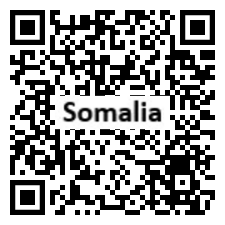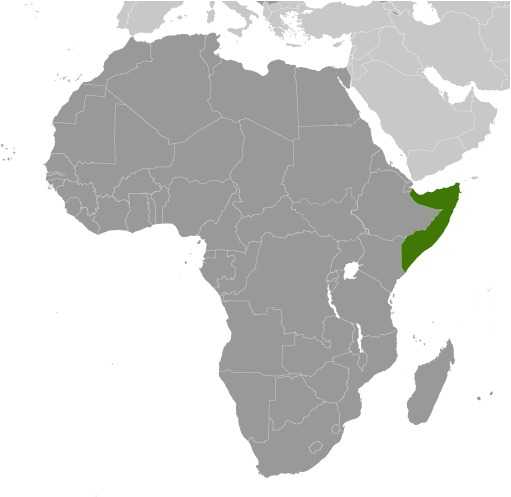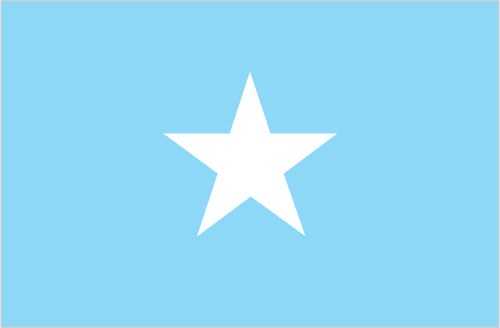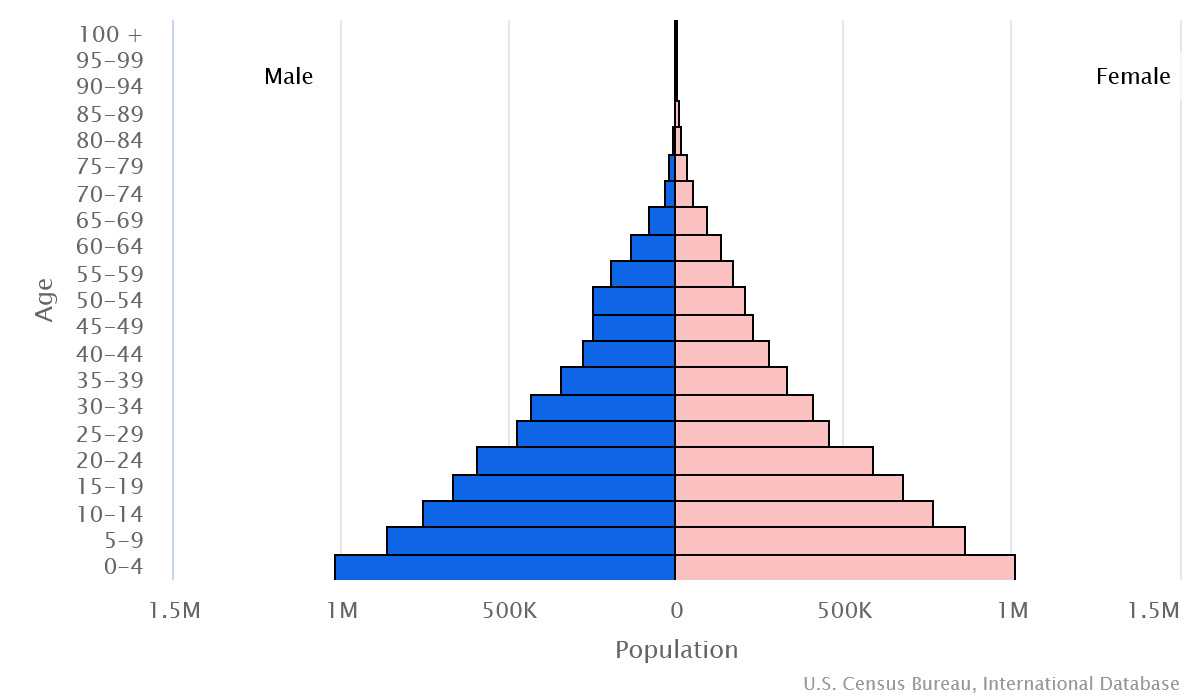Introduction
Background
In the late 19th century, the area that would become Somalia was colonized by Britain in the north and Italy in the south. The two colonies merged in 1960 to form the new nation of Somalia. Since 1991, civil war and political instability have resulted in the country being split into several regional governments, and terrorist group al-Shabaab controls large portions of the country.
Geography
Area
total : 637,657 sq km
land: 627,337 sq km
water: 10,320 sq km
Climate
principally desert; northeast monsoon (December to February), moderate temperatures in north and hot in south; southwest monsoon (May to October), torrid in the north and hot in the south, irregular rainfall, hot and humid periods (tangambili) between monsoons
Natural resources
uranium and largely unexploited reserves of iron ore, tin, gypsum, bauxite, copper, salt, natural gas, likely oil reserves
People and Society
Population
total: 13,017,273
Ethnic groups
predominantly Somali with lesser numbers of Arabs, Bantus, and others
Languages
Somali (official), Arabic (official), Italian, English
Religions
Muslim 99.9% (Sunni Muslim 98.1%, Shia Muslim 1.2%, Islamic schismatic 0.6%), ethnic religionist 0.1% (2020 est.)
Population growth rate
2.55% (2024 est.)
Government
Government type
federal parliamentary republic
Capital
name: Mogadishu
Executive branch
chief of state: President HASSAN SHEIKH Mohamud (since 23 May 2022)
head of government: Prime Minister Hamza Abdi BARRE (since 25 June 2022)
Legislative branch
description: bicameral Federal Parliament to consist of:
Senate (54 seats; senators indirectly elected by state assemblies to serve 4-year terms)
House of the People (275 seats; members indirectly elected by electoral colleges, each consisting of 51 delegates selected by the 136 Traditional Elders in consultation with sub-clan elders; members serve 4-year terms)
Economy
Economic overview
low-income African Horn economy; 30 years of war and instability crippled economic potential; high remittances for basic survival; new fiscal federalism approach; cleared some unsustainable debt; environmentally fragile; digitally driven urbanization efforts
Real GDP (purchasing power parity)
$26.351 billion (2023 est.)
$25.558 billion (2022 est.)
$24.949 billion (2021 est.)
Real GDP per capita
$1,500 (2023 est.)
$1,500 (2022 est.)
$1,500 (2021 est.)
Agricultural products
camel milk, milk, goat milk, sheep milk, sugarcane, fruits, sorghum, cassava, vegetables, maize (2022)
Industries
light industries, including sugar refining, textiles, wireless communication
Exports
$819 million (2014 est.)
$779 million (2013 est.)
Exports - partners
UAE 50%, Oman 30%, Bulgaria 3%, India 3%, Kuwait 2% (2022)
Exports - commodities
gold, sheep and goats, cattle, gum resins, shellfish (2022)
Imports
$94.43 billion (2018 est.)
$80.07 billion (2017 est.)
Imports - partners
UAE 33%, China 19%, India 16%, Turkey 7%, Ethiopia 5% (2022)
Imports - commodities
tobacco, raw sugar, palm oil, rice, milk (2022)
Exchange rates
Somali shillings (SOS) per US dollar -
Page last updated: Wednesday, July 24, 2024




